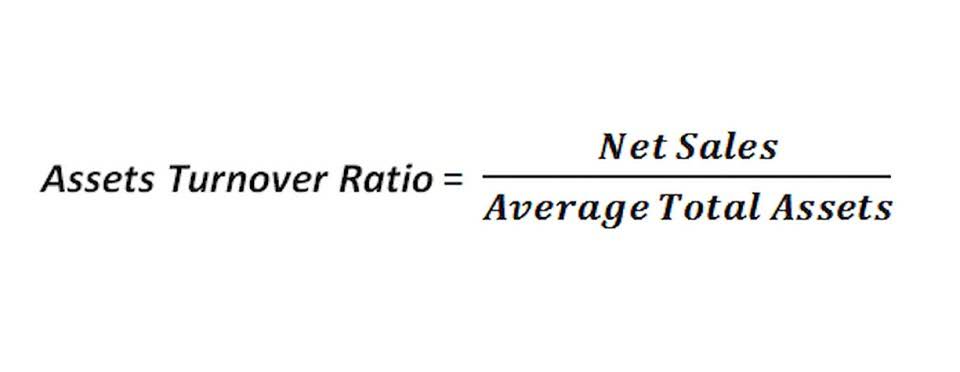
It is calculated by subtracting total liabilities from total assets of the company. Equity is the value of the business left to its owners after the business has paid all liabilities. Sometimes, there are different classes of ownership units, such as common stock and preferred stock. Total equity is what is left over after you subtract the value of all the liabilities of a company from the value of all of its assets.
These balance sheet categories may include items that would not normally be considered debt or equity in the traditional sense of a loan or an asset. Because the ratio can be distorted by retained earnings or losses, intangible assets, and pension plan adjustments, further research is usually needed to understand to what extent a company relies on debt. Capital investment provides a comprehensive view of cash used to invest in our networks, product developments and support systems. In connection with capital improvements, we have favorable payment terms of 120 days or more with certain vendors, referred to as vendor financing, which are excluded from capital expenditures and reported as financing activities. Capital investment includes capital expenditures and cash paid for vendor financing ($0.8 billion in 1Q24 and $2.1 billion in 1Q23). A company with a healthy equity base may be better positioned to weather economic storms, making it a potentially safer bet during volatile market conditions.
Equity Statement
For Target, total equity is calculated by subtracting its total liabilities (like accounts payable, accrued expenses, and long-term debt) from its total assets (like cash, inventory, and property). Understanding a company’s financial health is crucial for investors, analysts, and the firm’s management. One key metric in this evaluation is average total equity, which reflects the amount of money that would be returned to shareholders if all assets were liquidated and all debts paid off.
- Capital investment provides a comprehensive view of cash used to invest in our networks, product developments and support systems.
- First quarter operating margin increased to 2.2 percent, primarily driven by higher volume and improved performance.
- A final type of private equity is a Private Investment in a Public Company (PIPE).
- An alternative calculation of company equity is the value of share capital and retained earnings less the value of treasury shares.
- The information needed to derive total equity can be found on a company’s balance sheet, which is one of its financial statements.
- The shareholders’ equity can be found in a financial statement called the balance sheet.
Retained earnings are part of shareholder equity as is any capital invested in the company. Equity, in the simplest terms, is the money shareholders have invested in the business. It constitutes a part of the total capital invested in the business, which doesn’t belong to debt holders. The changes that are generally reflected in the equity statement include the earned profits, dividends, inflow of equity, withdrawal of equity, net loss, and so on. Shareholders’ equity is, therefore, essentially the net worth of a corporation.
More than 14,000 clients utilise equity release in Q1 2024
All of the asset and liability line items stated on the balance sheet should be included in this calculation. The initial equity, or the equity at the beginning of the period, is found on the company’s balance sheet. It is the residual interest in the assets of the entity after deducting liabilities, essentially representing the owners’ stake in the company. To calculate this, one would look at the equity section of the balance sheet, which typically includes common stock, preferred stock, retained earnings, and any additional paid-in capital. The sum of these components yields the total equity at the start of the period. The shareholders’ equity can be found in a financial statement called the balance sheet.
If used in conjunction with other tools and metrics, the investor can accurately analyze the health of an organization. By subtracting the total liabilities from the total assets, you arrive at the total equity, which represents the residual value after deducting debts from assets. While the above definition provides a quick snapshot of total equity, let’s delve into a more detailed discussion. Total equity, often referred to as shareholders’ equity or stockholders’ equity, is a measure of a company’s net value. It is the amount of money that would be left if a company sold all of its assets and paid off all of its liabilities.
How Do You Calculate a Company’s Equity?
The sum of Total Liabilities and Total Equity equals the total assets of a company. If you hold common stock, you are only entitled to any residual equity in the corporation that is left after all of the claims of the corporation’s creditors and preferred stockholders have been paid. Examples of total equity are common stocks, preferred stocks, owner’s equity, and shareholder’s equity. Owner’s equity is for privately hed companies while shareholder’s equity is for corporations.

Start with a free account to explore 20+ always-free courses and hundreds of finance templates and cheat sheets.
General Motors’ total liabilities include accounts payable, accrued liabilities, notes payable, long-term debt, and pension liabilities. Its total equity is composed of common stock, additional paid-in capital, and retained earnings. Equity is the value the business owners have in the business after all liabilities are paid.